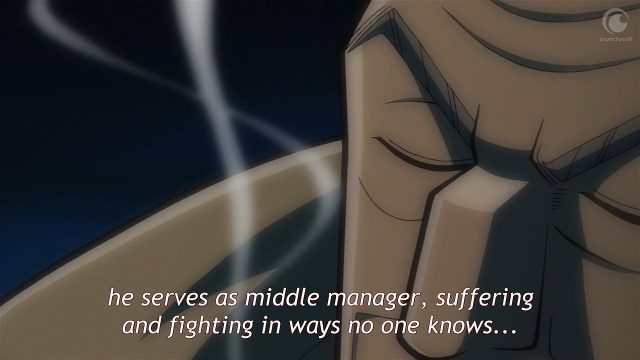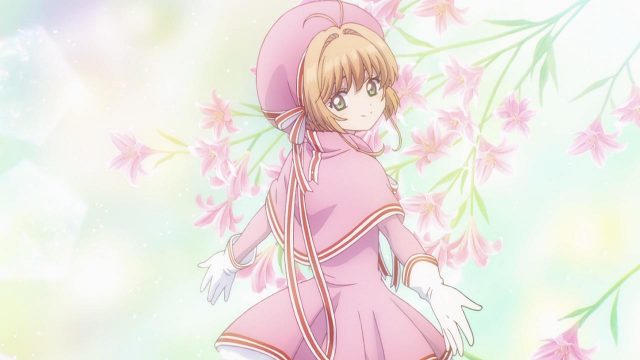I don’t call any work of art a “classic” until it is at least ten years old. 2007, which ended ten years ago today, was an unusually good year for anime, the best I remember. What 2007 shows merit the accolade?
I hereby declare the following to be classics of anime.
• Dennou Coil — The characters are mostly fairly ordinary and not punks at all, but nevertheless this tale of augmented reality and human connections is essential viewing for anyone with an interest in cyberpunk and related genres.
• Mononoke — These spiritual detective stories, stylized almost to the point of ritual, remain Kenji Nakamura’s best effort, though everything he does is worth your time.
• Oh! Edo Rocket — Sometimes utterly silly, sometimes dead serious. This wild hodge-podge is nominally set in 1842 Edo, but it’s an Edo with television, internet and blue beasts from outer space.
• Seirei no Moribito — A fantasy adventure with well-developed, sympathetic characters and a good high-stakes story. It’s worthwhile for the art alone. It would probably be a good show to watch as a family.
• Tengen Toppa Gurren-Lagann — It took me two tries to get into this ridiculous, bombastic, over-the-top extravaganza, but it was worth it.
There were a few that almost made the cut: Sayonara, Zetsubou Sensei, Hayate no Gotoku 1, Moyashimon 1. I might add Baccano! to the honors list, but I need to re-watch it first.
What series might I declare classics during the next ten years? Almost certainly Madoka Magica, Shin Sekai Yori and Kill la Kill. What else?
2008, 2009: Nothing.
2010: Probably The Tatami Galaxy and possibly Katanagatari.
2011: Perhaps Natsume Yuujin-cho 1.
2012: Mouretsu Pirates had a good chance, bolstered by its outstanding re-watchability. Perhaps also Girls und Panzer, Humanity Has Declined and maybe, just maybe, Joshiraku.
2013 and beyond: Maybe Gatchaman Crowds, Kyousougiga, Pupipo and Flip Flappers.
I haven’t seen everything, so I probably missed a few. I also watch much less nowadays than I did ten years ago, which is probably why so few recent series have impressed me.

































